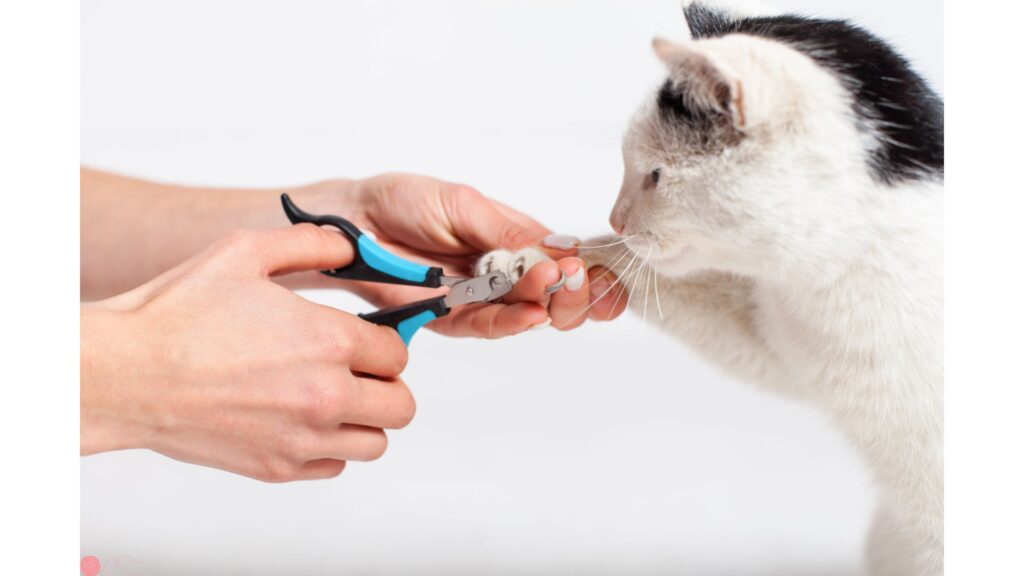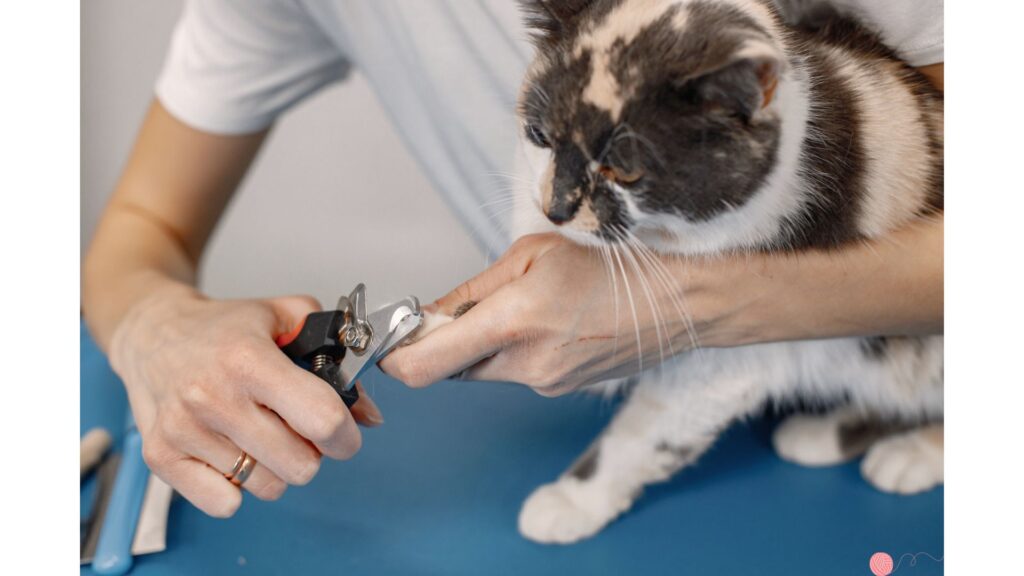
Trimming your cat’s nails may seem like a daunting task, but it’s an essential part of your furry friend’s grooming routine. Not only does it prevent your cat from scratching your furniture, but it also protects both you and your pet from accidental injuries. However, it is crucial to approach this task with care to avoid causing stress or harm to your cat. In this blog post, we’re going to discuss the best ways to trim your cat’s nails safely and effectively.
Understand Your Cat’s Anatomy
Before you start, it’s vital to understand the structure of your cat’s nails. Unlike human nails, cat claws are retractable and have a sharp hook at the end. The most important part to be aware of is the quick, which is the pink area within the nail where the blood vessels and nerves are. Accidentally cutting into the quick can cause pain and bleeding, so you must avoid this area.
Get the Right Tools
Invest in a good pair of pet nail clippers. There are several types available, including scissor-style, guillotine-style, and electric grinders. Choose one that feels comfortable in your hand and is appropriate for the size of your cat. Additionally, have some styptic powder or cornstarch on hand to stop bleeding in case you accidentally cut the quick.
Create a Calm Environment
Choose a quiet time and place to trim your cat’s nails. Ensure your cat is relaxed — you might want to start after a meal when your cat is more likely to be calm and perhaps a bit sleepy. Some cats may feel more secure in a familiar location such as on your lap or a favorite resting spot.
Acclimate Your Cat to the Process
Gradually get your cat used to having its paws handled. Start by gently petting its legs and paws, then press softly to extend the nails. Reward your pet with treats and praise to create a positive association. Do this regularly before attempting the first trim.
Trimming the Nails
Hold Your Cat Securely: Sit your cat on your lap facing away from you. Gently hold one of your cat’s paws in your hand and press the pad to extend the nails.
Identify the Quick: Look for the pink-colored quick in each nail and plan to cut the nail a few millimeters away from it.
Make the Cut: Using your clippers, cut the sharp tip of the nail at a 45-degree angle, avoiding the quick. If your cat becomes restless, take a break and try again later.
Offer Rewards and Praise
After trimming each nail, reward your cat with a treat and some affection. This positive reinforcement will help make future nail trims easier.

What If You Clip the Quick?
If you accidentally clip the quick, don’t panic. Apply some styptic powder to the nail to stop the bleeding. Comfort your cat to minimize stress.
Regular Maintenance
Regularly trim your cat’s nails, ideally every 4-6 weeks, to keep them at a healthy length. Observing your cat’s behavior and nail length will help you determine when it’s time for a trim.

Trimming your cat’s nails doesn’t have to be stress-inducing. With patience, the right tools, and a gentle approach, you can ensure the process is quick and painless for both you and your cat. Remember, maintaining your cat’s claw length is not just about protecting your furniture — it’s also about your cat’s health and well-being.
By incorporating these best practices, you’ll be well on your way to mastering the art of cat nail trimming. Keep in mind that every cat is different — some may take to the process more quickly than others. Consistency, patience, and positive reinforcement are key to making nail trimming a stress-free routine for your beloved pet.




